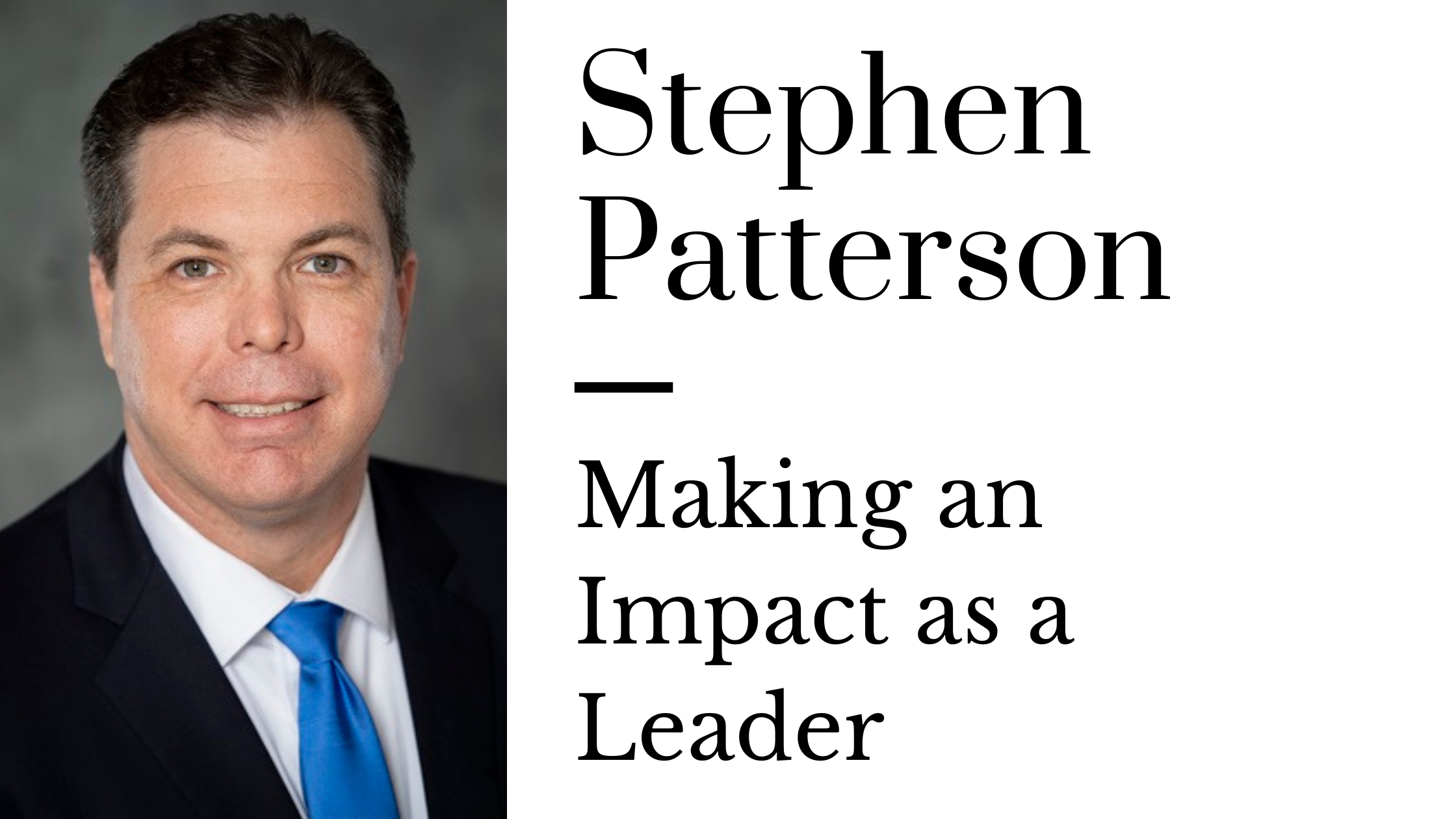Stephen Patterson has over two decades of experience when it comes to being a leader, and he is well-versed in the different types of leadership styles. Regardless of which methodology you choose to follow, there are ways of making a greater impact on your team.
In today’s day and age, teams need a calm, guiding influence more than ever. This applies to any environment – corporate, retail, or institutional. As a leader, it’s important to take all of your employees’ nervous energy and channel it into a productive way by giving them positive goals to focus on. Stephen Patterson understands that employees will be looking to their leader as an example, which means maintaining quiet strength will be the best approach whenever possible.
Collaborative leadership can be a very effective style if done correctly. Stephen Patterson advises following several essential rules when implementing a collaborative leadership style. Words mean very little if they are not accompanied by action, and it is not enough to simply announce a collaborative approach, it must also be shown. This involves doing an honest self-assessment of your own strengths and weaknesses to determine what is best for your team as a whole. From there, you can begin to make the kinds of changes that will create a lasting impact.
One way to be a more influential leader is to delegate certain responsibilities with regard to problem-solving. Instead of the lone-wolf approach, Stephen Patterson advises you to involve your team in an effective way. Announce clearly who the decision-makers are so people know who to turn to, and then eliminate any unnecessary channels that employees need to go through in order to get a decision made. The second important trait of an impactful leader is to demonstrate that you value employees’ time by only holding meetings with clearly defined goals that focus on efficiency. Ask the group for help with new ideas to spark creativity, but not at unscheduled times. Taking employees away from their daily work does more than disrupt their momentum, it also shows them that you do not value them as equals. Lastly, if someone does have an idea they want to express, you must create a safe environment where they feel free to do so.
This article was originally published on https://SurprisinglyFree.com/stephen-patterson-orangefield/


